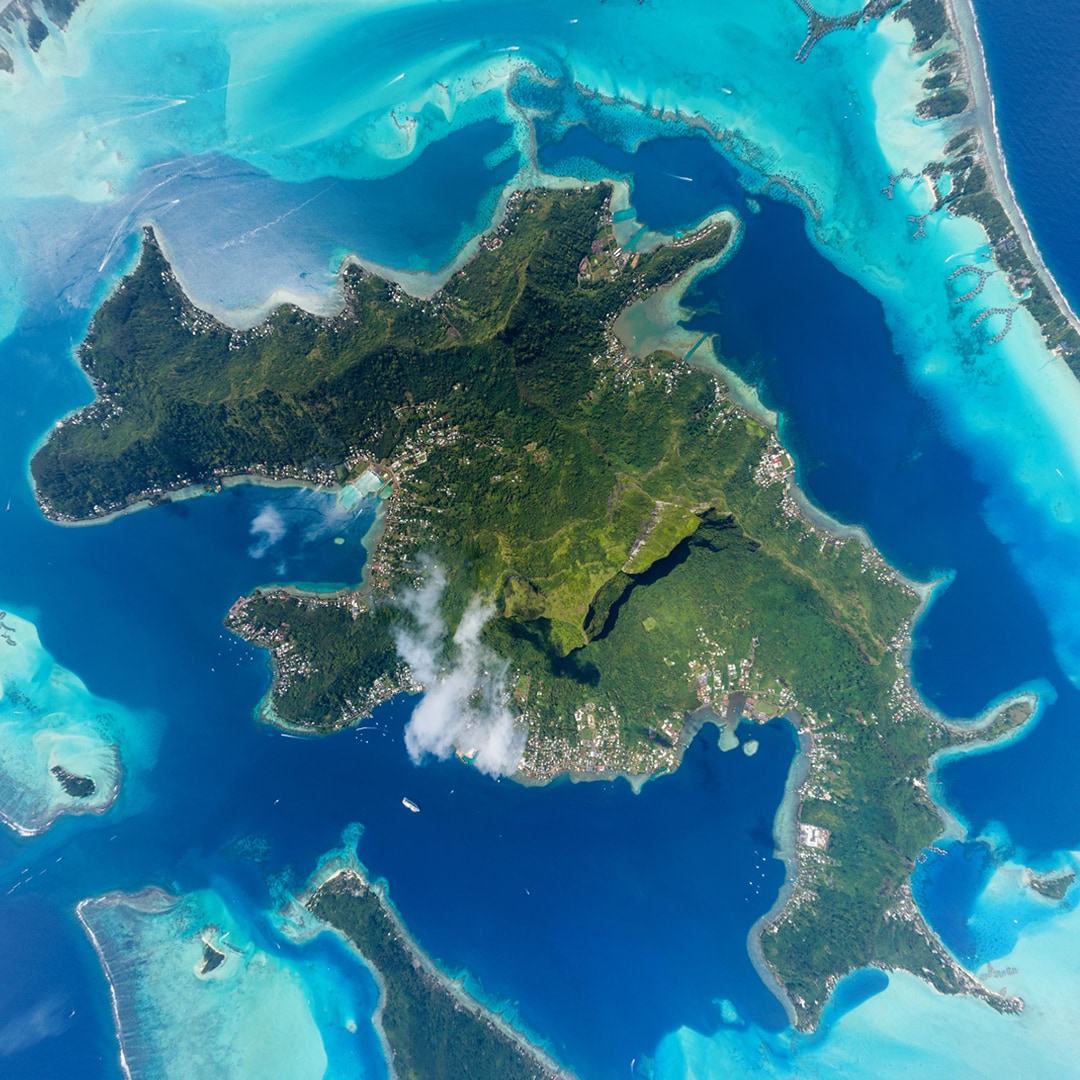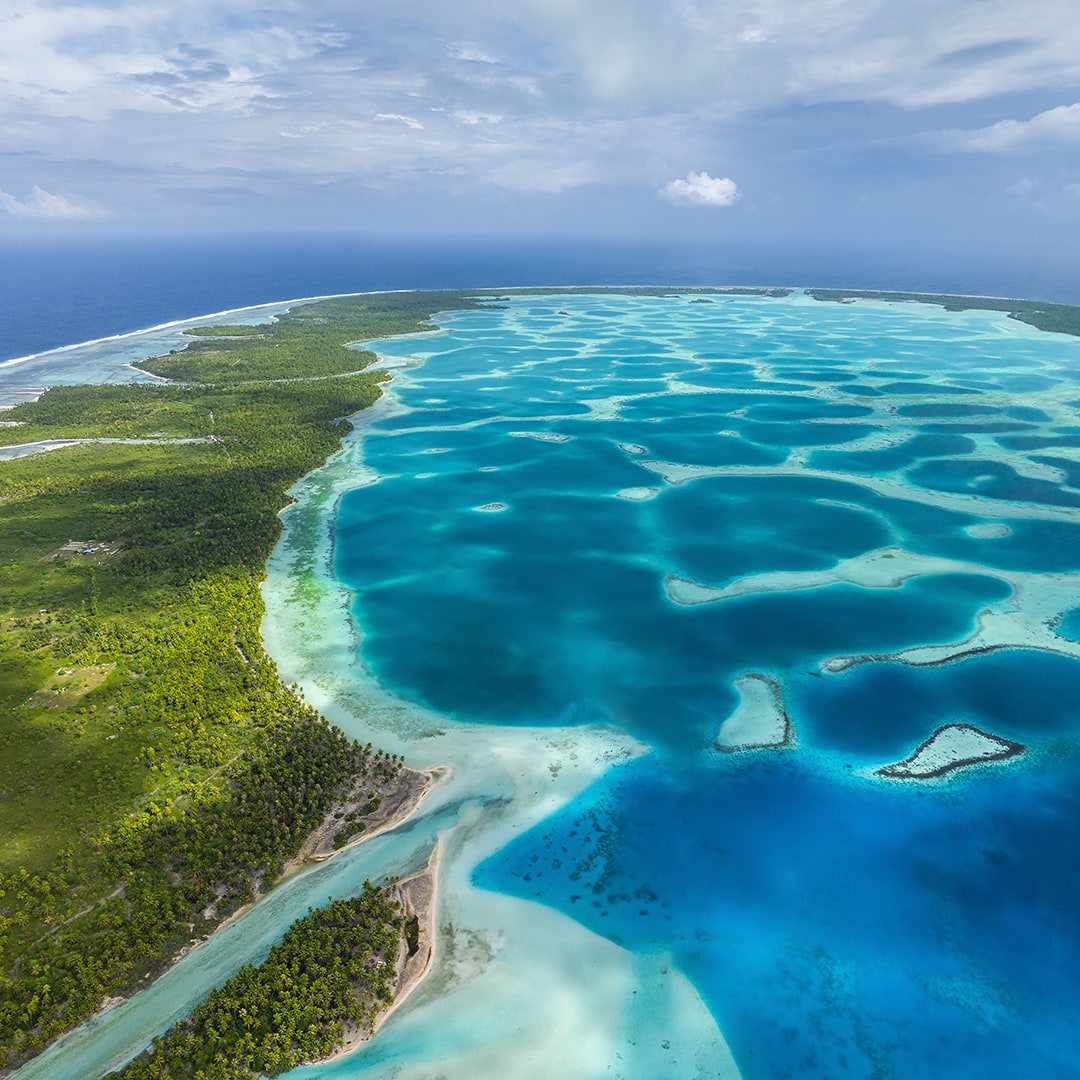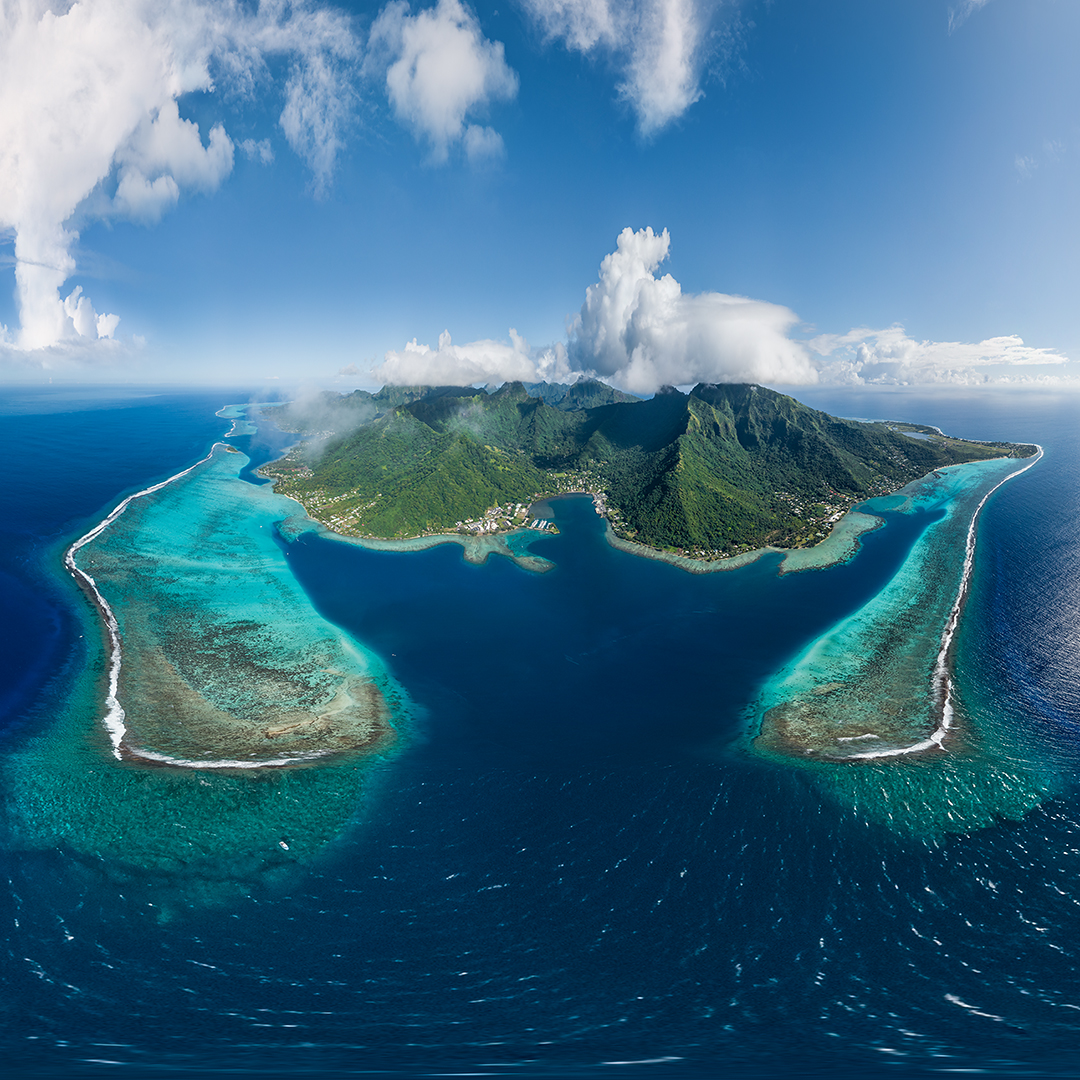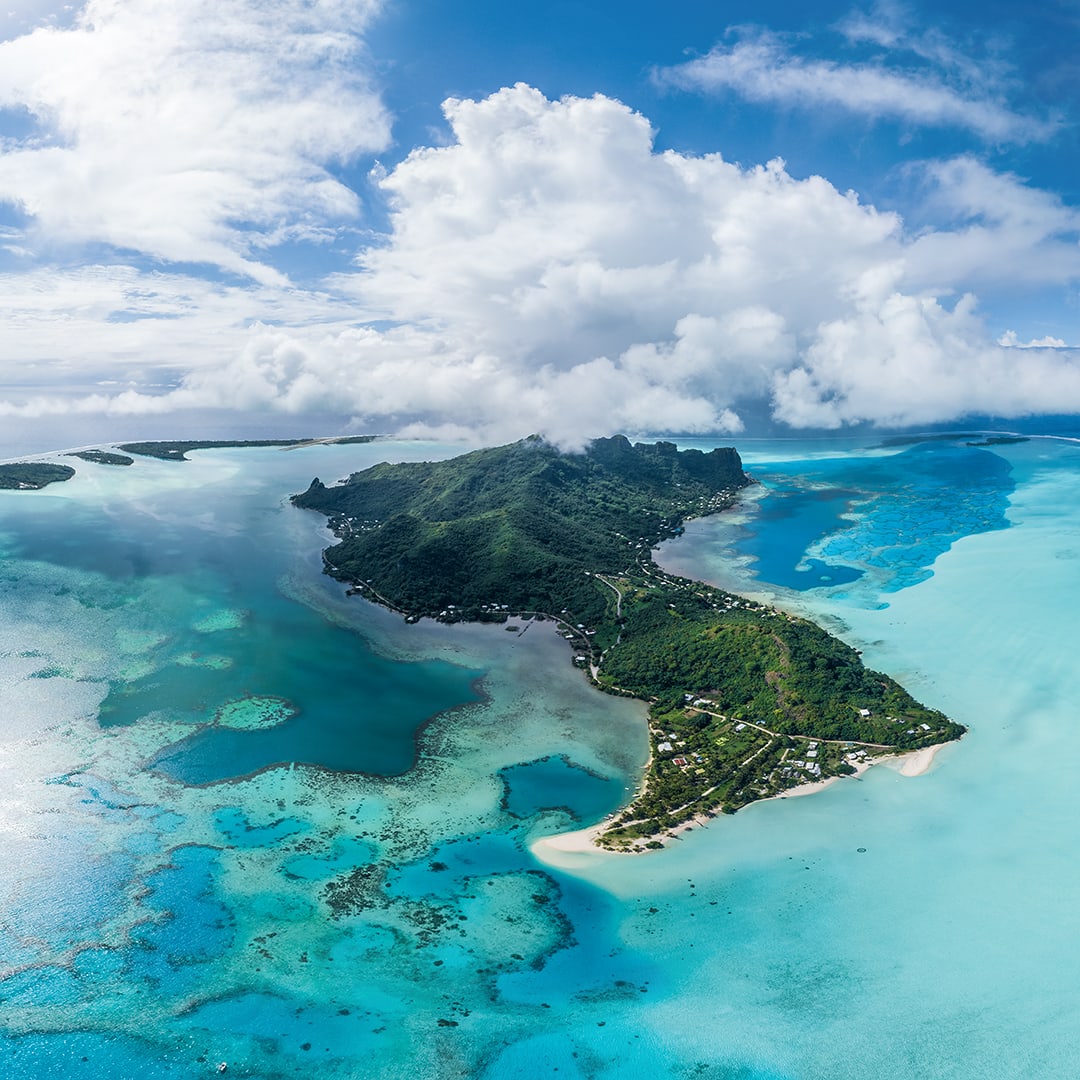Ship Cemetery in Truk Lagoon, Micronesia
In the southwestern Pacific Ocean, there is a widely scattered archipelago of the Caroline Islands, which belongs to the Federated States of Micronesia. The most recognised place of this archipelago is Truk Lagoon (also known as Chuuk): the waters of this atoll is considered to be the world's largest ship cemetery.
All the ship remnants belong to the 20th century, namely to the period of World War II. At that time Truk Lagoon was the Empire of Japan's most formidable base with a sole main airbase within the territory of the Marshall Islands. It played a key role in the support of Japanese garrisons in the South Pacific theatre. Historic experts describe the Truk Islands as Japan's equivalent of the Americans' Pearl Harbor.

On February 17-18, 1944, the naval base was destroyed by the US army. Having anticipated this attack, the Japanese had withdrawn their larger warships: heavy cruisers, battleships and aircraft carriers. However, many smaller warships were left here, as well as hundreds of aircraft on the atoll's airbases.
The attack was called Operation Hailstone and was a devastating blow: it lasted for two days, all days and nights long, with the American warships and submarines not allowing the Japanese forces to flee. The attack resulted in destroying three light cruisers, four destroyers, three auxiliaries, two submarine bases, three small warships, some aviation transport and thirty-two merchant ships. Over 250 aircraft were destroyed, mainly on the ground as they were under construction. The American forces, in their turn, lost 25 aircraft.

The evidence of this historic event is still on the ocean's bottom. Our colleague Alexey Tishchenko has dived here several times to create a 360°-video showing the remnants of different objects that sank during Operation Hailstone.
Each one has its own story. The Kiyosumi Maru auxiliary was damaged even earlier, in January 1944, then she was tugged to the Truk Islands for further reconstruction, but didn't happen to serve again. Now her remnants are scattered on the depth of 12-33 meters. A similar fate befell the Yamagiri Maru, a merchant ship under reconstruction. Her ruined hold still contains artillery shells.

The Fumitsuki destroyer was another ship that arrived in Truk for repairs. During World War II she actively participated in the Philippines invasion forces, the Western Java invasion force and other countries of the region. On February 17, 1944, four bombs were dropped on the destroyer and she had sunk by the following morning.
The Shinkoku Maru was a naval tanker built in 1940 and was used for importing oil from the United States to Japan for only one year, and afterwards, she was requisitioned by the Japanese Navy. Serving for military purposes, the ship was repeatedly under fire. So the time chosen for maintenance was a failure: the tanker had arrived at Truk Lagoon 4 days before the attack. But now divers consider it to be one of the brightest objects, literary: the ship is fully covered by corals, making her a colourful artificial reef and a home for hundreds of marine animals.

The Heian Maru was constructed in 1929 as an ocean liner cruising to the USA, but during the war was modernised to become a submarine base. It took two days to destroy this ship: the damage of the first day was repaired, but the following day the Heian Maru was again on fire and sank.
The Fujikawa Maru that is now covered by corals initially was a cargo ship, then requisitioned by the Imperial Japanese Navy during World War II for use as an armed aircraft transport. Having sunk, she took a lot of aircraft to the bottom, and some parts of them are still visible. Many diving experts consider the Fujikawa Maru to be one of the world's most interesting diving places in the world.

And, finally, a new 360°-video by AirPano also demonstrates one of the aircraft — Betty Bomber. The crush of this aeroplane is a mystery — it is possible that it had crushed on its own just before Operation Hailstone. Comparing to ships, the aircraft had aluminium coating, so that corals don't cover the surface of the plane, allowing to examine it in details.
Have a tour with AirPano to the world's largest ship cemetery!
Video by Alexey Tishchenko. Stitching by Ivan Roslyakov
23 February 2018
Read more
Virtual Travels in 360°
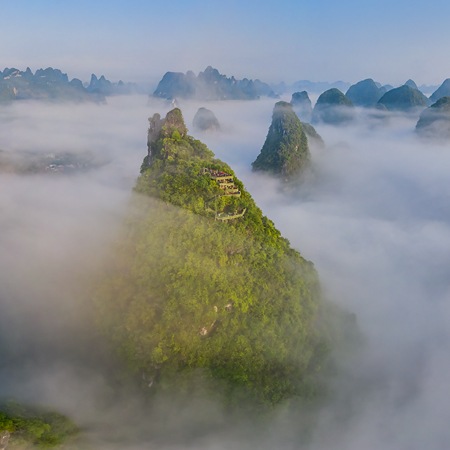 Guilin Mountains, China
Guilin Mountains, China
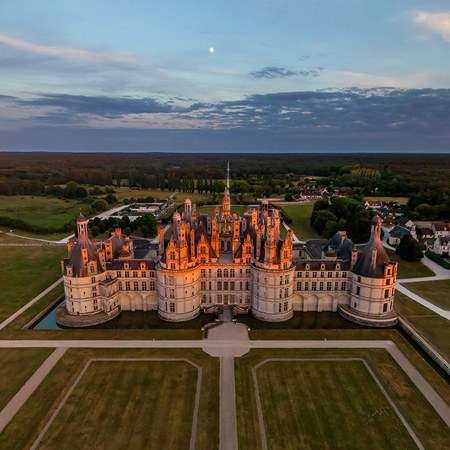 Chateaux of the Loire Valley, France. Part II
Chateaux of the Loire Valley, France. Part II
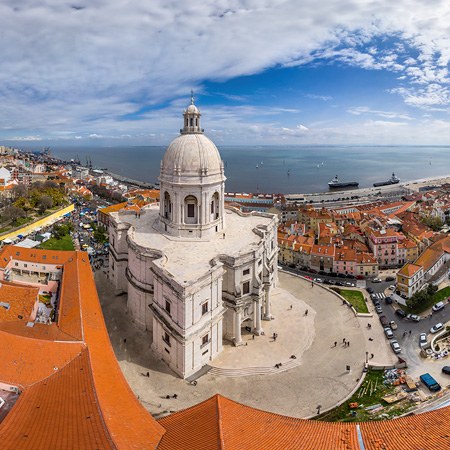 Lisbon, Portugal
Lisbon, Portugal
 Las Vegas, USA
Las Vegas, USA
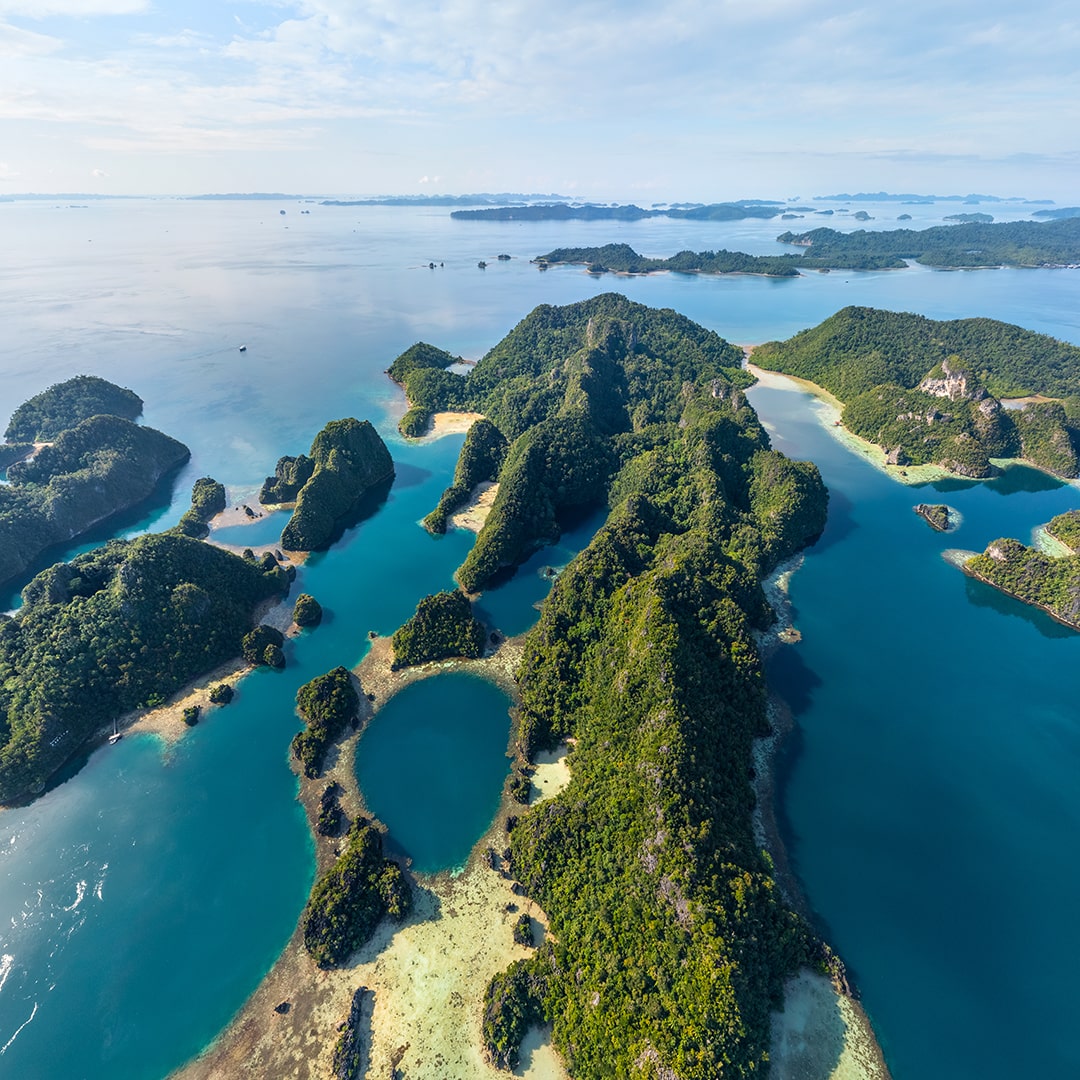 Misool Island, Raja Ampat, part 1
Misool Island, Raja Ampat, part 1
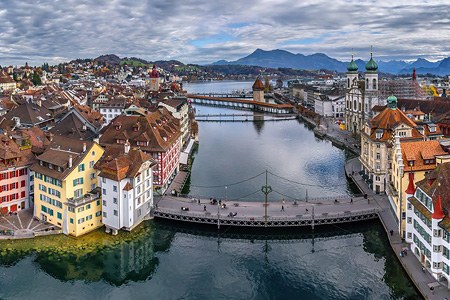 Lucerne, Switzerland. Part I
Lucerne, Switzerland. Part I
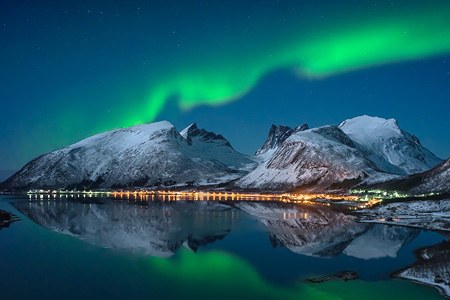 Northern lights in Norway
Northern lights in Norway
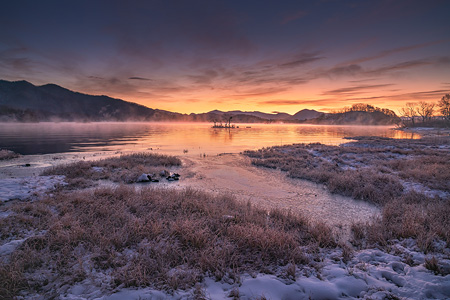 Fukushima Robot Test Field, Japan
Fukushima Robot Test Field, Japan
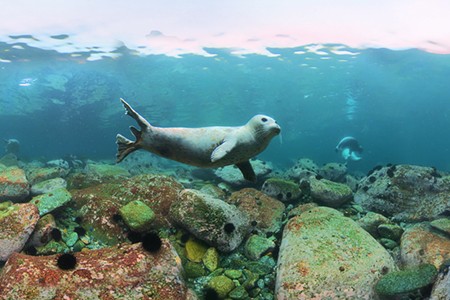 Diving with spotted seals. Sea of Japan, Russia
Diving with spotted seals. Sea of Japan, Russia
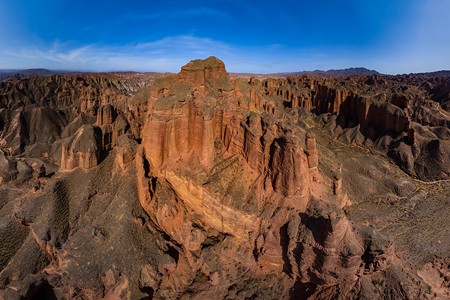 Binggou Danxia Geopark, China
Binggou Danxia Geopark, China
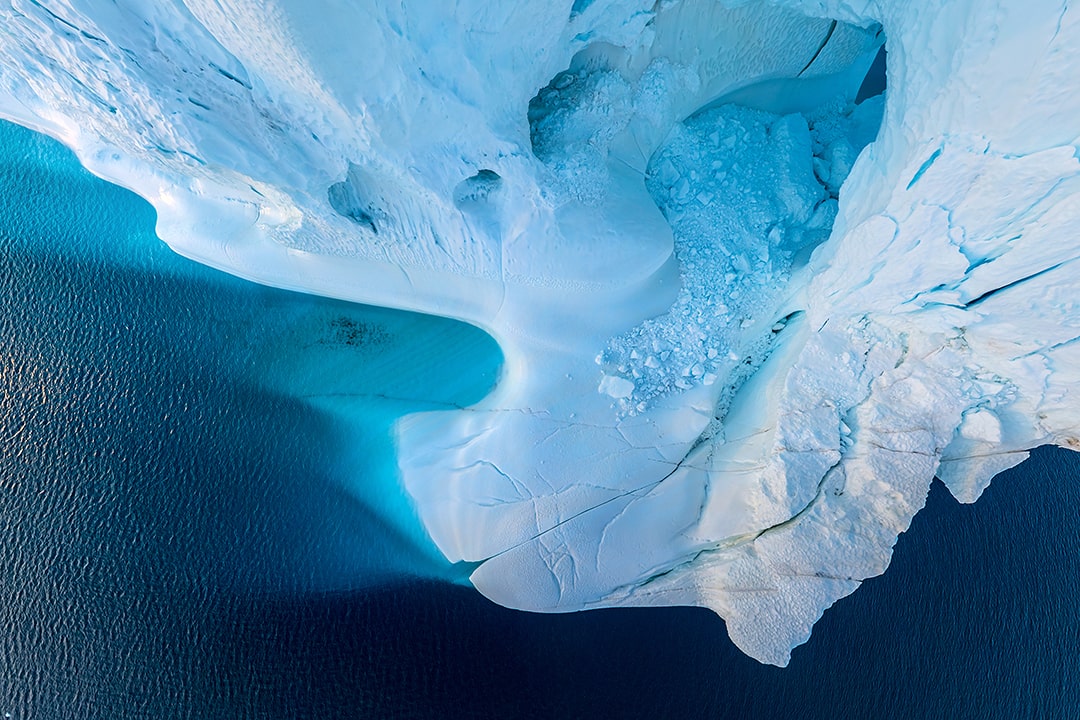 Greenland, Land of Ice. Trailer.
Greenland, Land of Ice. Trailer.
Show more




